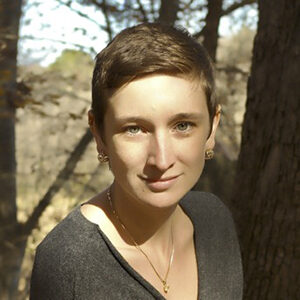
DOWNLOADS
RESEARCH INTERESTS
Microbes mediate the flow of energy and matter through the Earth system. In the ocean, diverse microbial communities repartition key elements and their isotopes among different chemical phases, altering the fate and fluxes of this material. In so doing, these tiny wonders profoundly influence Earth’s geochemical cycles and climate.
My research weds field-based observations, laboratory experiments and computational methods to investigate interactions between marine microbes and their environment, and the imprints these dynamics impart. One arm of my current work leverages recent AI-driven advances in the field of structural biology to investigate microbe-metal interactions, including how cells alter the chemical speciation and isotopic fractionation of bioessential metals in the ocean. Another arm focuses on understanding how the biogeochemical behavior (particularly N cycling) of phytoplankton change with their physico-chemical environment. Ultimately, my research is motivated by a desire to understand the feedbacks between the biosphere and geosphere that define the evolution and future of Earth’s habitability.
